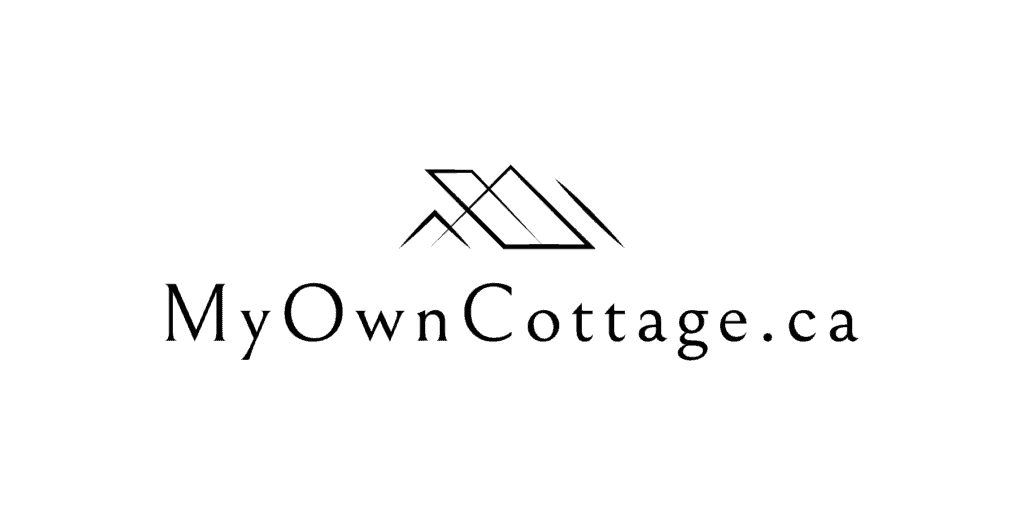Discover smart, space-saving techniques in ADU design that maximize functionality without sacrificing style.
Learn how to make the most of every square foot in your additional dwelling unit.
Use our clever layouts, storage solutions, and modern prefab innovations.

